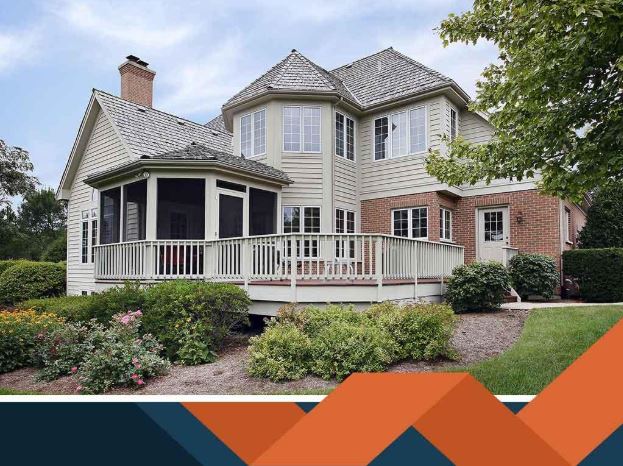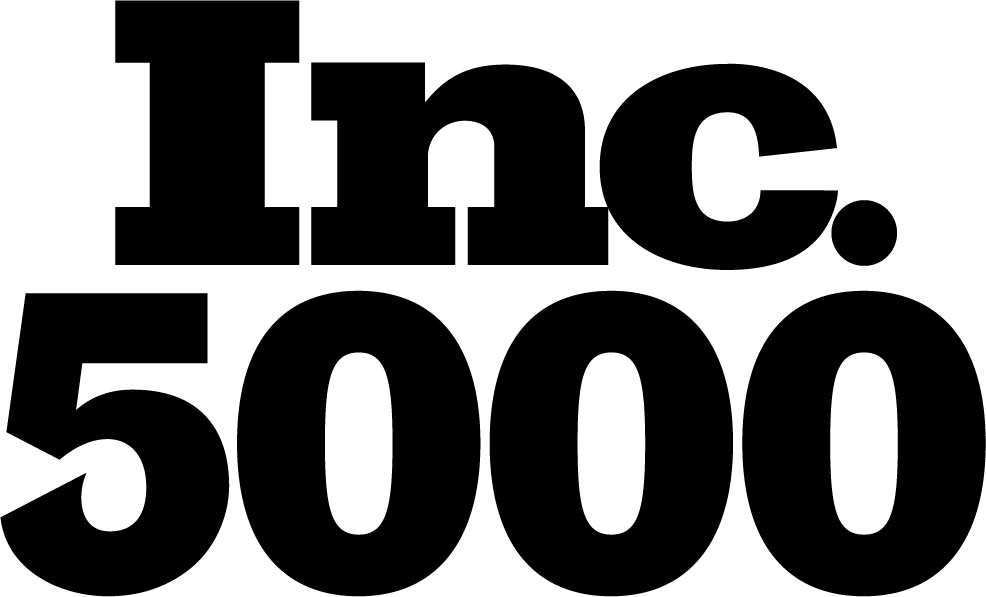The drywall we know today as a staple of most commercial and residential properties has a long history. In today’s post, drywall contractor Universal Roofing and Exteriors reviews the long and winding history of drywall.

Origins
In 1916, drywall was marketed as fireproof tiles and sold only in small sheets made of gypsum and paper. During that period, plaster was the preferred building material. After World War II, however, the demand for quick installation achievable even with minimal manpower grew, and drywall was ushered into the limelight. The material that was previously shunned as a cheap alternative to plaster suddenly became a patriotic choice; it allowed civilians to spend more on supporting war efforts.
Types and Uses
There are several types of drywall that can be used for different purposes. Green wallboard, for example, is best for basement walls, as it has a higher moisture resistance than regular drywall. The colors serve as identification only and do not contribute to the aesthetic characteristics of a drywall. However, painting over the existing shade is an option if you prefer other tints. And while there are impact-resistant types of drywall, drywall repair is still often needed. Each drywall type is unique, but all types share a common trait, which is fire resistance.
Developments
From 1945 onwards, drywall became the preferred building material across America. Today, it has various commercial names such as Sheetrock, gypsum board, or wallboard, among others. Recent developments have allowed for eco-friendly manufacturing processes, as previous formulations weren’t as green.
Maintenance
The versatility and affordability of drywall contributed to its market dominance. Although it is a sturdy material, it still needs to undergo regular maintenance. Universal Roofing and Exteriors provides excellent drywall services and the best drywall painting in the area. You may give us a call at (317) 257-0779 . We serve Zionsville, Fishers and Northside of Indianapolis, IN.






